George Mallory, best known as an illustrious mountaineer, was also a thinker, a philosopher, and a writer. In 1914, ten years before his passing on Mount Everest, Mallory wrote an essay entitled "The Mountaineer as Artist." In the piece, he drew parallels between the sublime experiences of music composition and mountain climbing. Now, a century after his fatal climbing, the narratives, postcards, and writings of Mallory have been made accessible to the public.

The collection of Mallory’s letters has been curated and published by his Cambridge University alma mater, Magdalene College. The archive includes many letters written between 1914 and 1924, most of which he wrote to his wife Ruth during his expeditions.
Three of these letters were found in his jacket pocket after his body was discovered freezing amidst wedges of snow-covered mountain rocks in 1999. These letters offer reflections on the expedition moments that ultimately claimed his life. The most poignant of all these letters is his final letter addressed to Ruth.
In this letter, Mallory’s words shine with perseverance and optimism as he describes the Herculean struggles faced during his climb. “This has been a bad time altogether,” Mallory wrote in the letter dated May 27, 1924, 12 days before he was last seen alive. “I look back on tremendous efforts and exhaustion and dismal looking out of a tent door and onto a world of snow and vanishing hopes — and yet, and yet, there have been a good many things to set on the other side.”

The alpinist went on to talk about his bad cough. He described how he closely escaped falling into a crevasse that appeared to him like “a very unpleasant black hole.” While concluding the letter, Mallory wrote, "The candle is burning out and I must stop. Darling, I wish you the best I can - that your anxiety will be at an end before you get this - with the best news. Which will also be the quickest. It is 50 to 1 against us but we’ll have a whack yet and do ourselves proud. Great love to you. Ever your loving, George."
Born in Mobberley, England, Mallory was captivated by the dream of climbing the "roof of the world." When asked why he wanted to conquer Everest, he said, "Because it's there," a quip that became viral at that time. Mallory participated in all three of Britain’s first Mount Everest expeditions - in 1921, 1922 and 1924. Mallory was making a summit with his climbing partner, Andrew “Sandy” Irvine, in 1924 when they lost their lives.
A BBC World Service news report from May 4, 1999, stated, "An expedition to Mount Everest has found the body of the famous British climber, George Mallory, who disappeared 75 years ago a short distance from the summit. The team said they spotted the corpse protruding from the snow about 600m below the top of Everest. Mallory's name tag was on the clothing and a rope was still around his waist."
Seeing all this, the collection of his handwritten letters is no less than a treasure chest for those looking to delve deep into Mallory’s life story. Talking about the process that went on behind curating these letters, Magdalene College Archivist Katy Green said in a statement, “It has been a real pleasure to work with these letters. Whether it’s George’s wife Ruth writing about how she was posting him plum cakes and grapefruit to the trenches or whether it’s his poignant last letter where he says the chances of scaling Everest are '50 to 1 against us’ they offer a fascinating insight into the life of this famous Magdalene alumnus."


















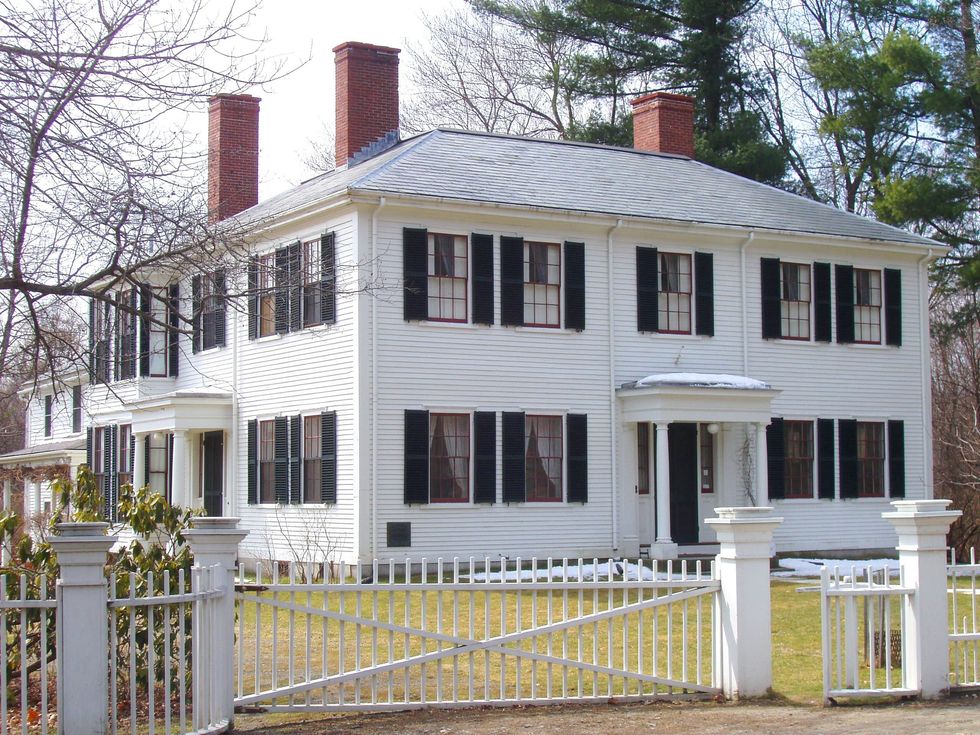 File:Ralph Waldo Emerson House (Concord, MA).JPG - Wikimedia Commons
commons.wikimedia.org
File:Ralph Waldo Emerson House (Concord, MA).JPG - Wikimedia Commons
commons.wikimedia.org


 Pictured: The newspaper ad announcing Taco Bell's purchase of the Liberty Bell.Photo credit: @lateralus1665
Pictured: The newspaper ad announcing Taco Bell's purchase of the Liberty Bell.Photo credit: @lateralus1665 One of the later announcements of the fake "Washing of the Lions" events.Photo credit: Wikimedia Commons
One of the later announcements of the fake "Washing of the Lions" events.Photo credit: Wikimedia Commons This prank went a little too far...Photo credit: Canva
This prank went a little too far...Photo credit: Canva The smoky prank that was confused for an actual volcanic eruption.Photo credit: Harold Wahlman
The smoky prank that was confused for an actual volcanic eruption.Photo credit: Harold Wahlman
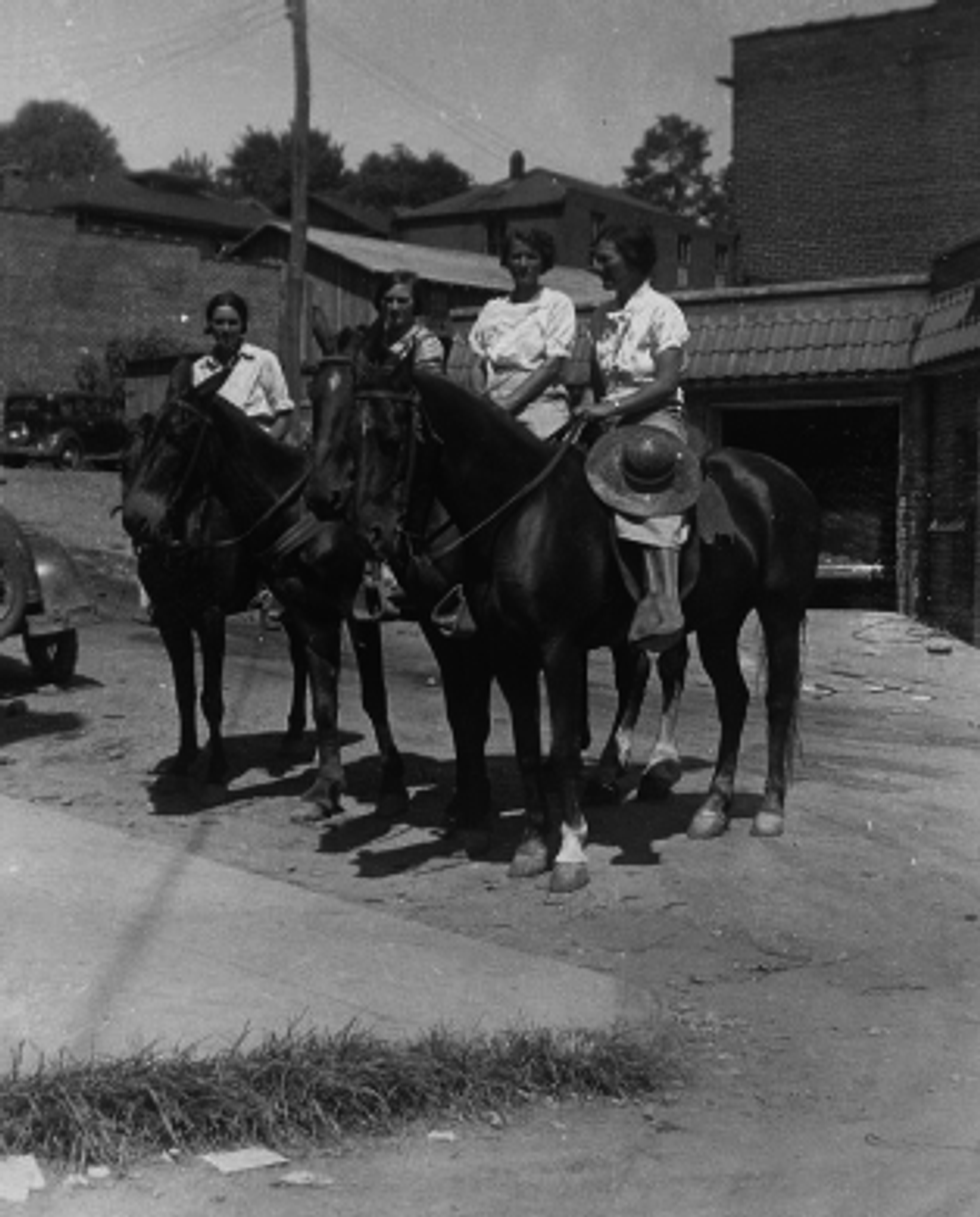 Packhorse librarians ready to start delivering books.
Packhorse librarians ready to start delivering books.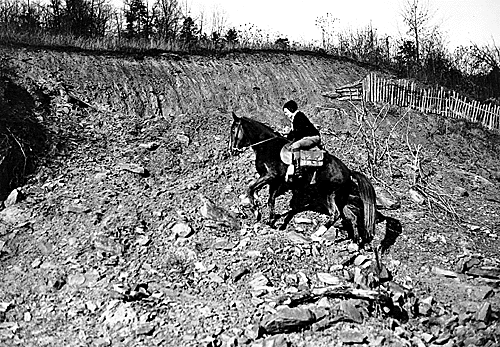 Pack Horse Library Project - Wikipedia
Pack Horse Library Project - Wikipedia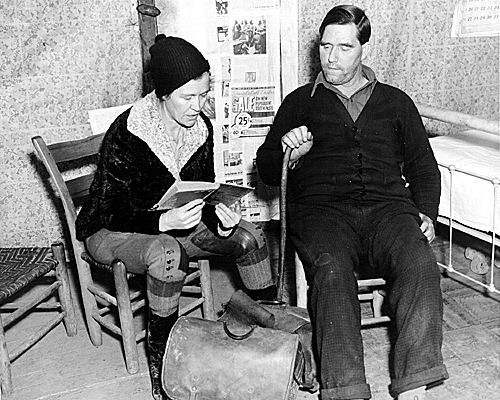 Packhorse librarian reading to a man.
Packhorse librarian reading to a man.
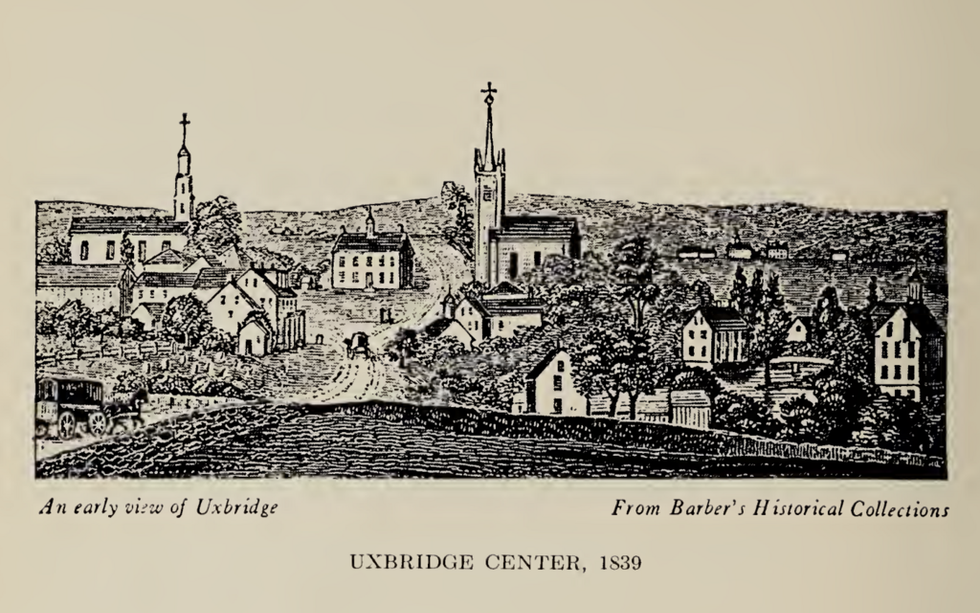 Fichier:Uxbridge Center, 1839.png — Wikipédia
Fichier:Uxbridge Center, 1839.png — Wikipédia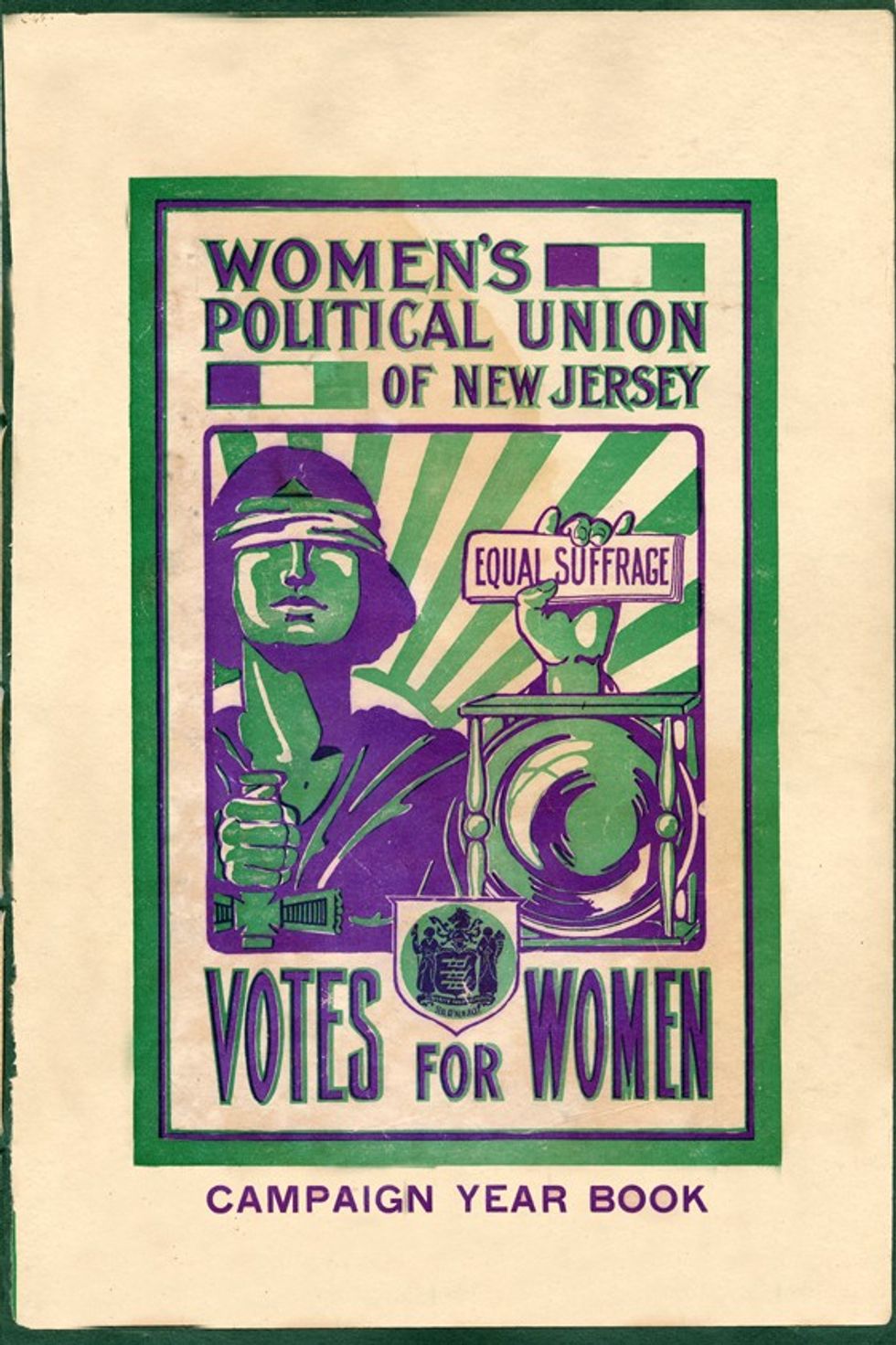 File:Women's Political Union of New Jersey.jpg - Wikimedia Commons
File:Women's Political Union of New Jersey.jpg - Wikimedia Commons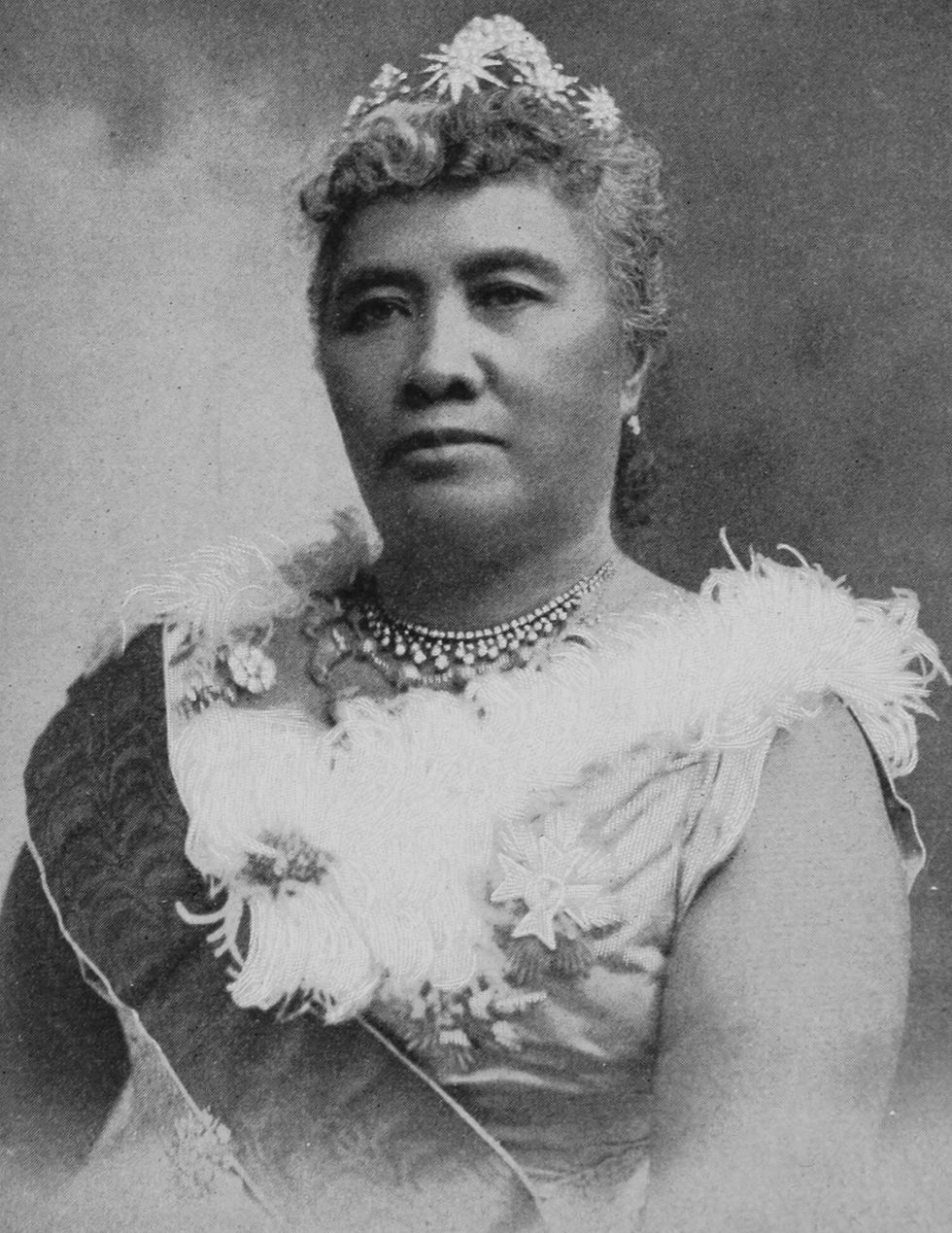 File:Liliuokalani, photograph by Prince, of Washington (cropped ...
File:Liliuokalani, photograph by Prince, of Washington (cropped ...
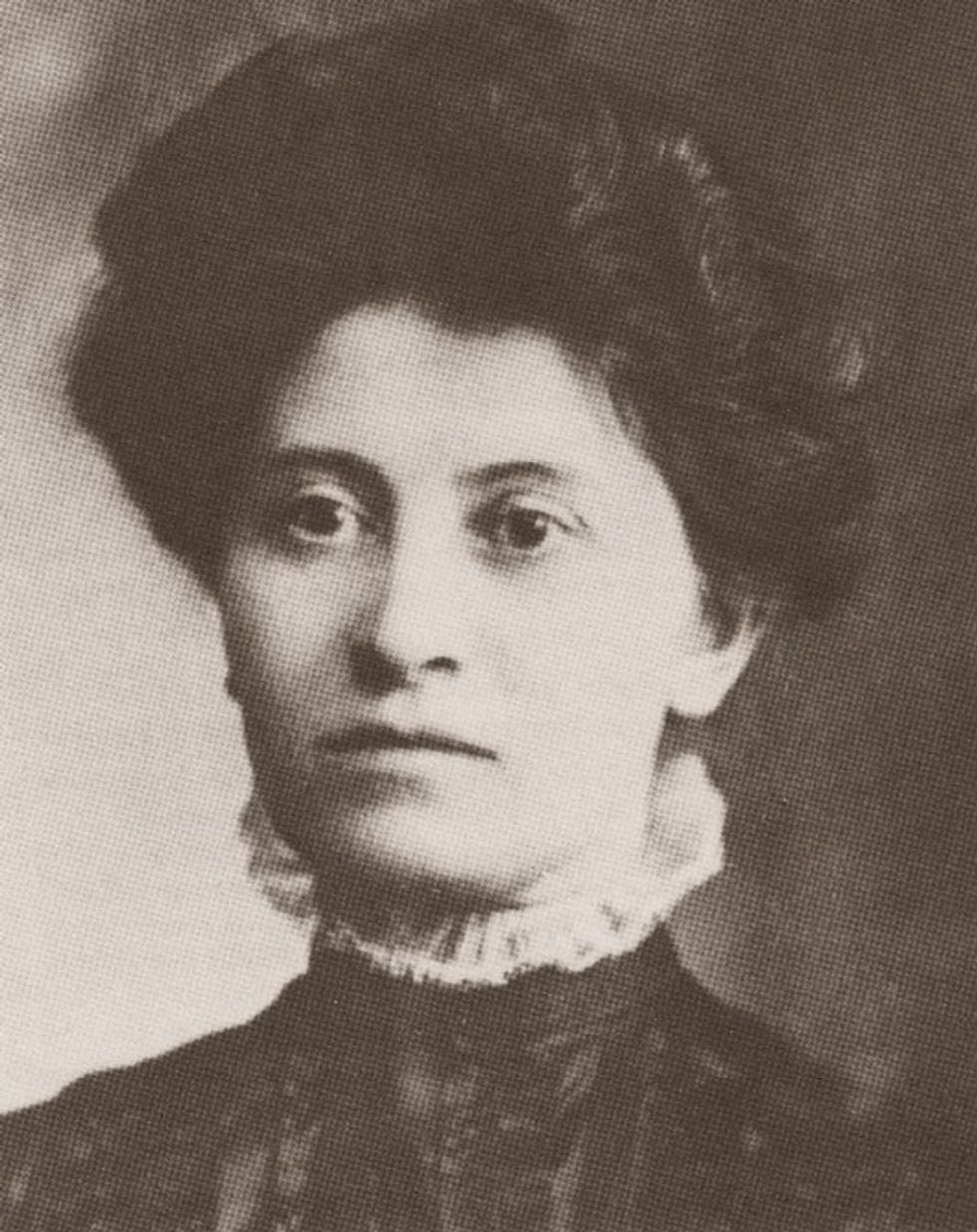 Theresa Malkiel
commons.wikimedia.org
Theresa Malkiel
commons.wikimedia.org
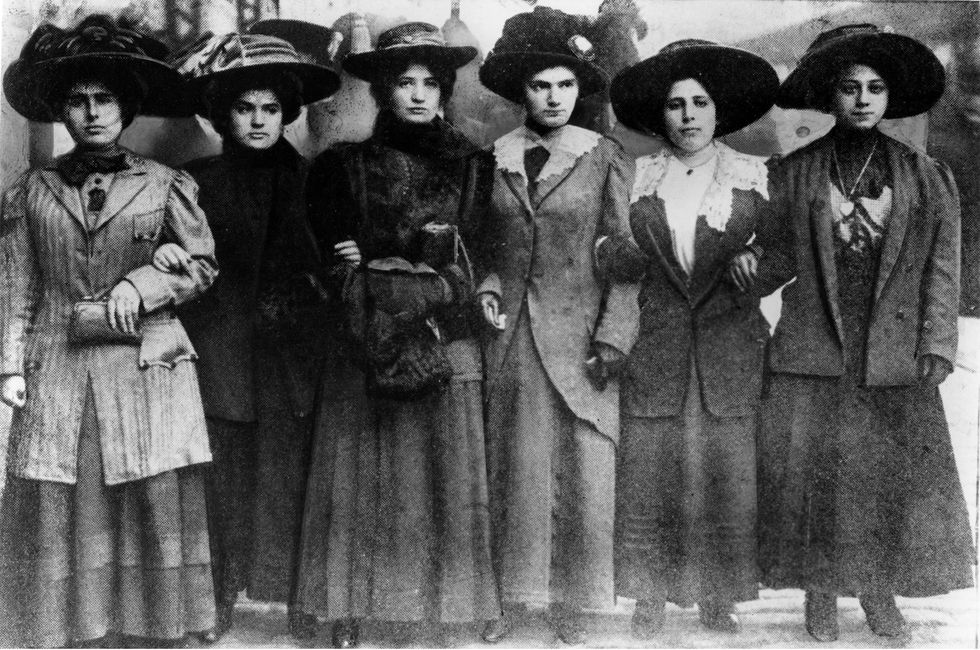 Six Shirtwaist Strike women in 1909
Six Shirtwaist Strike women in 1909
 U.S. First Lady Jackie Kennedy arriving in Palm Beach | Flickr
U.S. First Lady Jackie Kennedy arriving in Palm Beach | Flickr
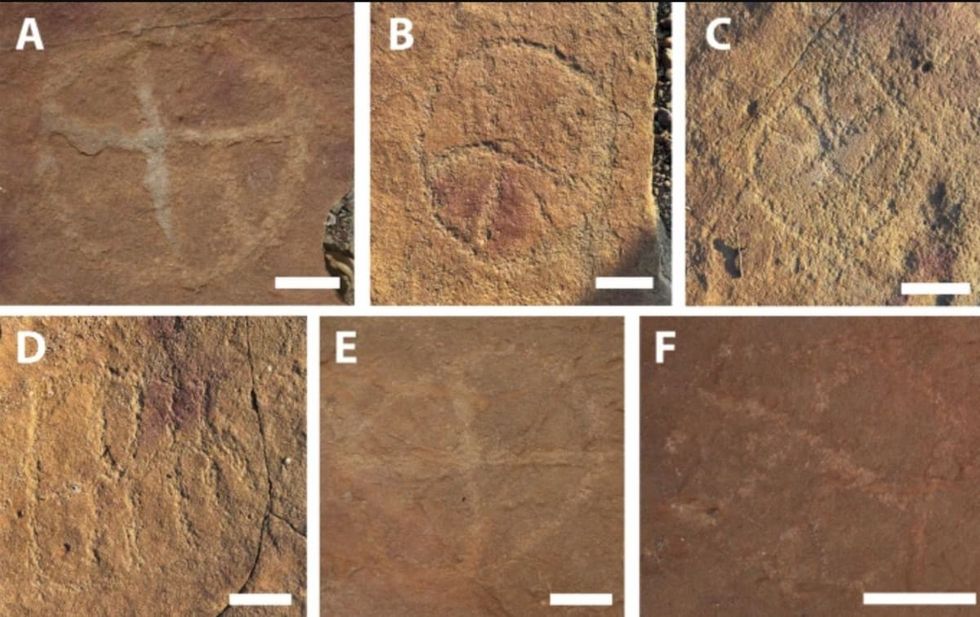 Image Source:
Image Source: 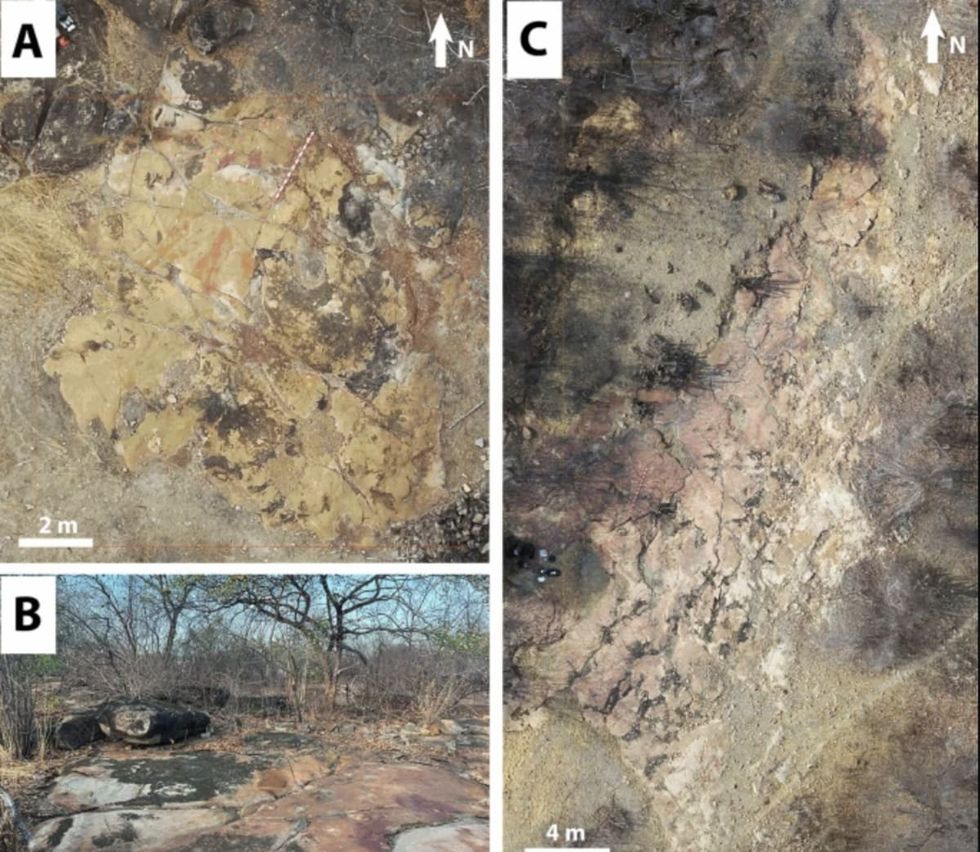 Image Source:
Image Source: 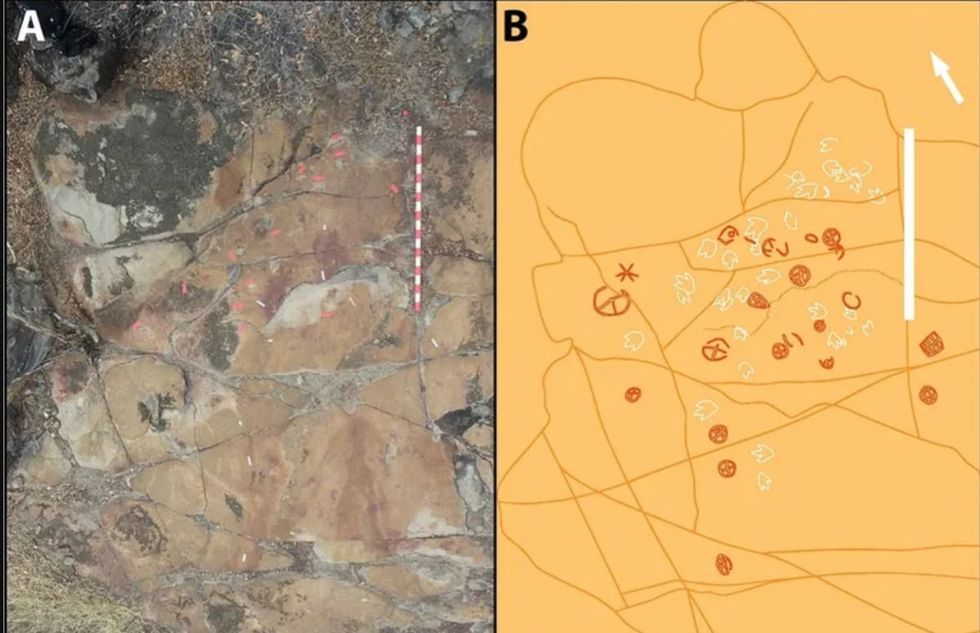 Image Source:
Image Source: